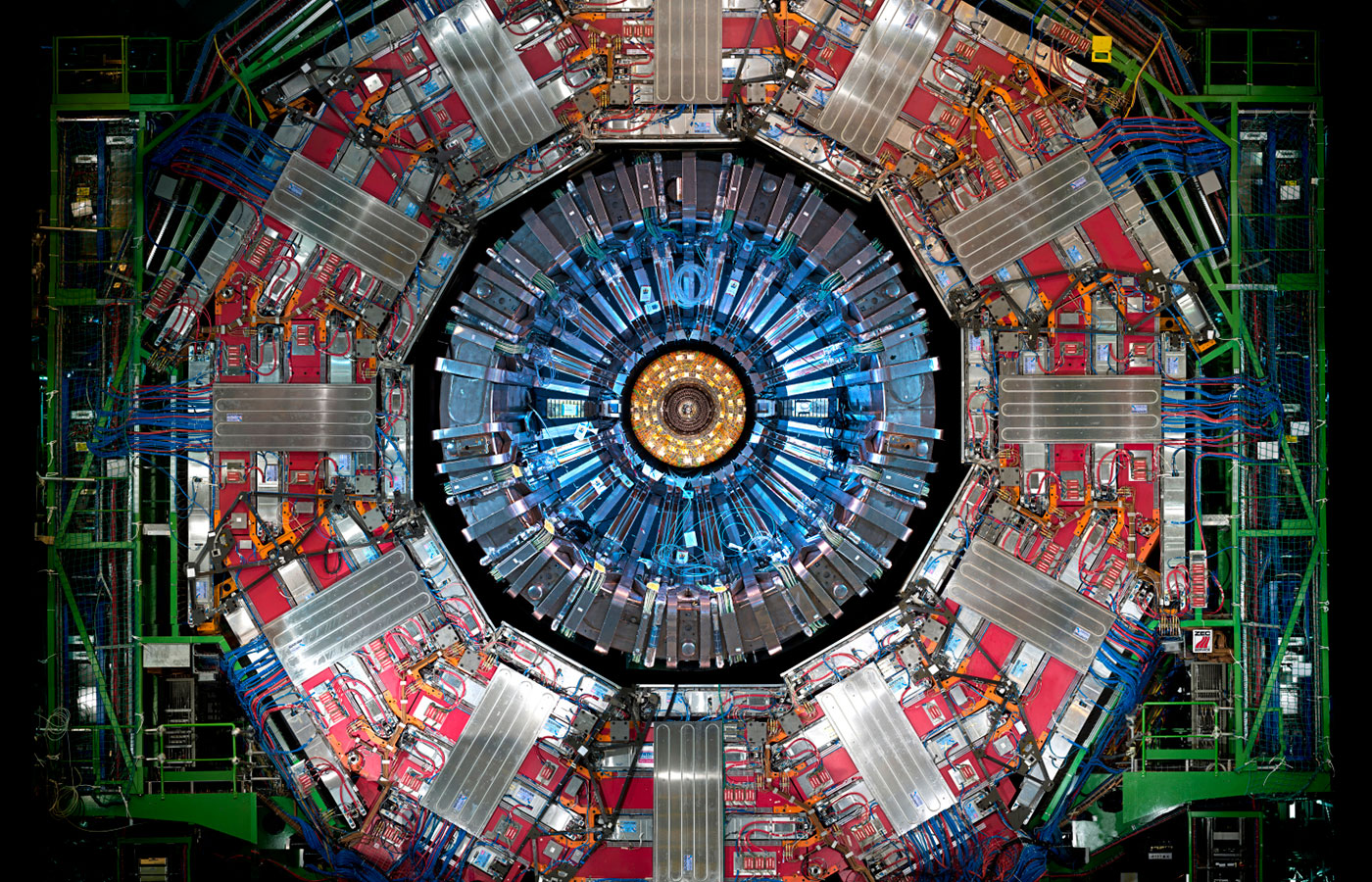The HF has two main objectives in CMS: to improve the measurement of the missing transverse energy (ETmiss) and to enable identification and reconstruction of forward jets. These jets are the distinguishing characteristic of several important physics processes; in the case of heavy Higgs production, they materialize through WW and ZZ fusion. In the case of supersymmetric particles (slepton, chargino and neutralino) searches, they are the background signatures. The forward calorimeters cover the pseudorapidity range 3.0 < |h| < 5.0 and the HF front face is located at z = ±11.1 m from the interaction point (IP).
With the LHC operating at a luminosity of 1034 cm-2 sec-1, the average particle multiplicity at the IP per crossing is about 5700 with an RMS value of 1200. This corresponds to a rate of 2.3 x 1011 sec -1, equivalent to 280 particles/crossing/rapidity unit. The 4.5 < h < 5 region will experience a flux of about 6.0 x 106 cm-2 sec-1 and absorbed doses will reach ~ 100 Mrad/year. Therefore, the detectors must be able to survive in an exceptionally high radiation field.
The HF modules will be constructed of steel blocks with embedded quartz fibers. A charged particle traversing a quartz fiber with a velocity greater than the speed of light in quartz emits photons due to the Cerenkov effect. The amount of light observed by a detector positioned at one end of the fiber depends on the velocity of the particle, on the incident angle and on the distance between the particle trajectory and the center of the fiber. It also depends on the fiber core and cladding refraction indices, on the spectral transmission range of the fiber and on the spectral quantum efficiency of the light detector.
The calibration of the HF is based on three independent hardware systems: Laser Gain Monitor, Light Emitting Diodes, and Moving Radioactive Source. These systems must deliver the required calibration to result in an overall energy scale uncertainty not to exceed 3%. We plan to construct and test a prototype calibration system here on campus.


 Give to Florida Tech
Give to Florida Tech 